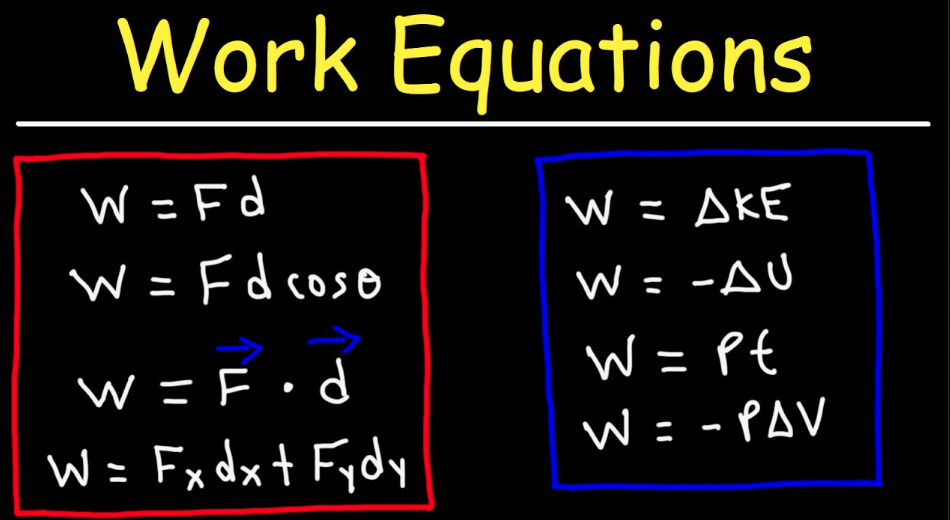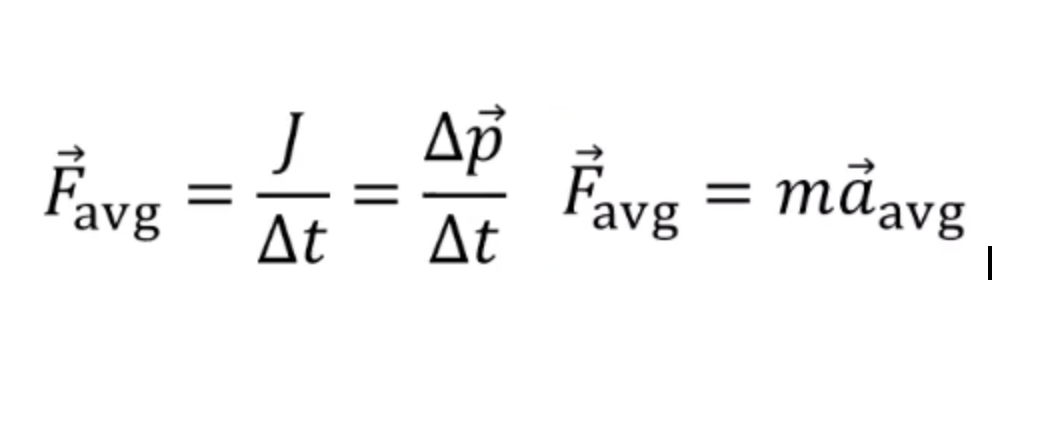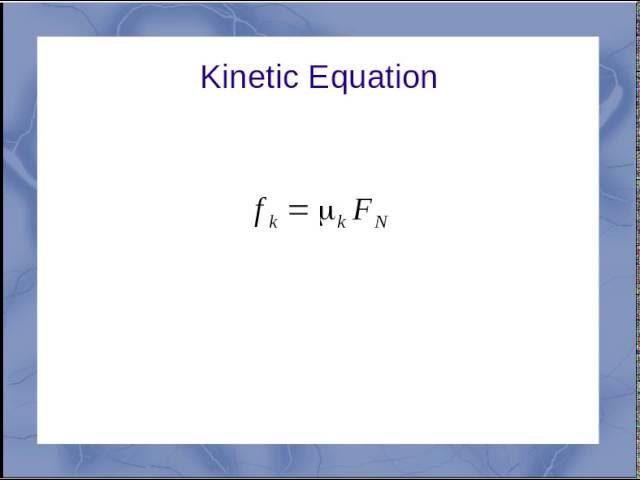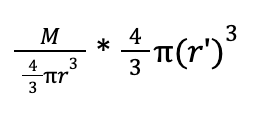ap physics exam unit 1-4
1/53
There's no tags or description
Looks like no tags are added yet.
Name | Mastery | Learn | Test | Matching | Spaced |
|---|
No study sessions yet.
54 Terms
work formulas
not ones with p

power formula
work/time
force * displacement/time
force * velocity
conservative forces
work is 0 over a closed path → starts where it begins (example a circle)
work done is independent of the path taken
work done by a constant force
-change in potential energy
types of collisions
elastic
completely inelastic
partially inelastic
elastic collision
no energy was lost in environment
ex. bouncing a ball
momentum=final momentum
KE = final KE
completely inelastic collision
lost energy during path
ex. dropping a rock on the ground
momentum=final momentum
KE =/ final KE
all other collisions for momentum
momentums equal each other but kinetic energy is not equal to each other
momentum formula
mass * velocity
unit of momentum
kg * m/s
linear momentum
same direction as object’s velocity
add up momentums to find total momentum
change in momentum → p final - p inital
inertia
resist change in motion that is measured by mass
as mass increases what happens to inertia
inertia increases
impulse
integral of force exerted on object over time interval
area under force vs time graph
change in momentum
same direction as net force exerted on object
impulse momentum theorem

average impact force


average acceleration
change in velocity/change in time
kinetic friction

static friction

circular motion acceleration

velocity of banked curve

how to solve newton’s 2nd law
choose system
draw all forces on system
choose coordinate system with one axes in direction of acceleration
set up 2nd law in both direction
tensions
assume string has negligible mass
strings only pull, they never push
always pull in the direction they are oriented
newton’s 3rd law
object a pulls on object b, then object b pushes or pulls on object with same force but opposite direction
work in terms of potential energy
force * change in u
force in terms of potential energy
force = -derivative of u
potential energy in terms of universal gravitation

potential energy
mgh
height for potential energy
final - initial height
resistive force
force that resists the motion of an object
example of resistive force
air resistance, drag force
resistive force formulal
-kv
terminal velocity equations
mg/k
mg/k (1-e^-k/m*t)
gravitational field

what does it mean if fg is the only force exerted on object
ag = g
weight
mg
apparent weight
m (fg - ag)
weightless
apparent weight=0
no exerted force and fg is only force (free fall)
equivalence principle
inertial mass and gravitational mass are the samein
inertial mass
resists changes in motion using newton’s second law and finding a
gravitational mass
mass attracts other mass to it using the gravitational force
uniform sphere
gravitational force but r is distance between center of sphere and object
partial mass formula

how can newton’s second law be written in terms of momentum

collision time
more time means less impact force
bouncing
greater change in velocity and momentum
what does it mean for greater momentum change
greater impulse and impact force
conservation of momentum
if no external forces, total momentum is constant
internal forces
forces without human force
external
forces with human force
how to solve conservation of momentum problems
choose system where p is constant
before/after pic
write algebraic expressions for p1 and p2 → solve for unknown
external force acts in dimension
system’s p changes in dimension
remain constant in other directions
center of mass
location that behaves as if all system’s mass were concentrated there
center of mass formula
